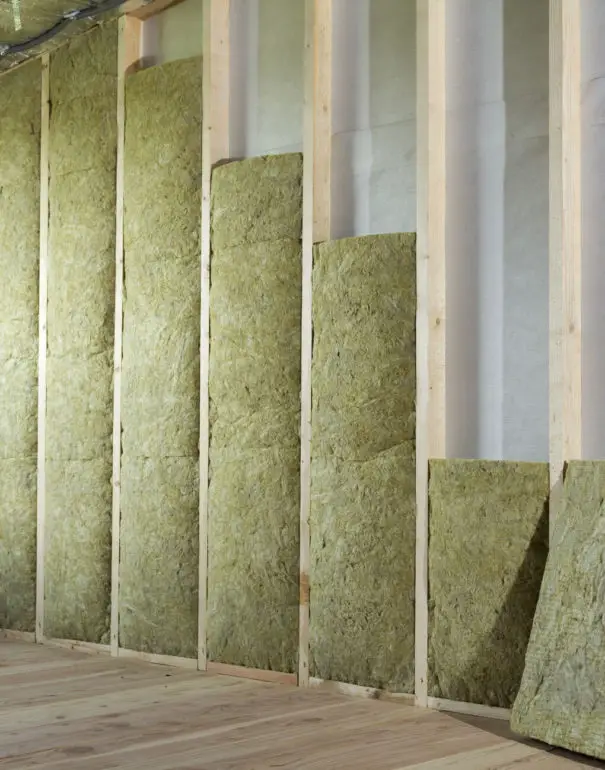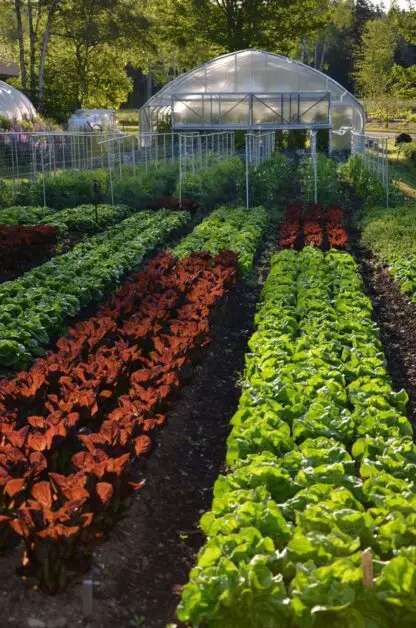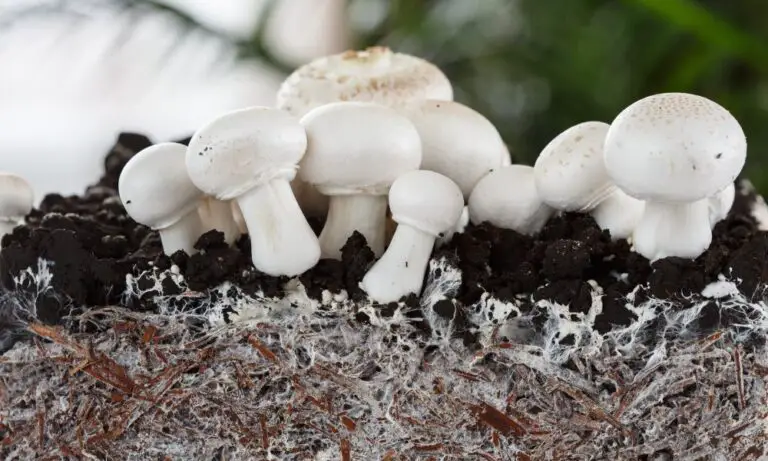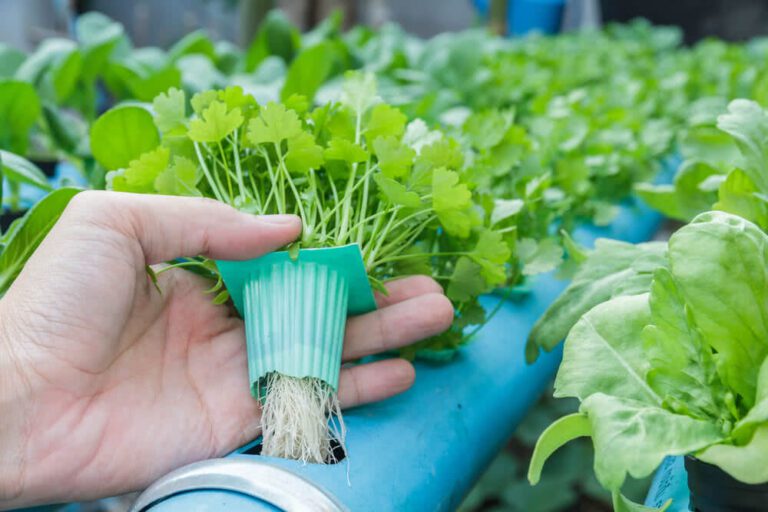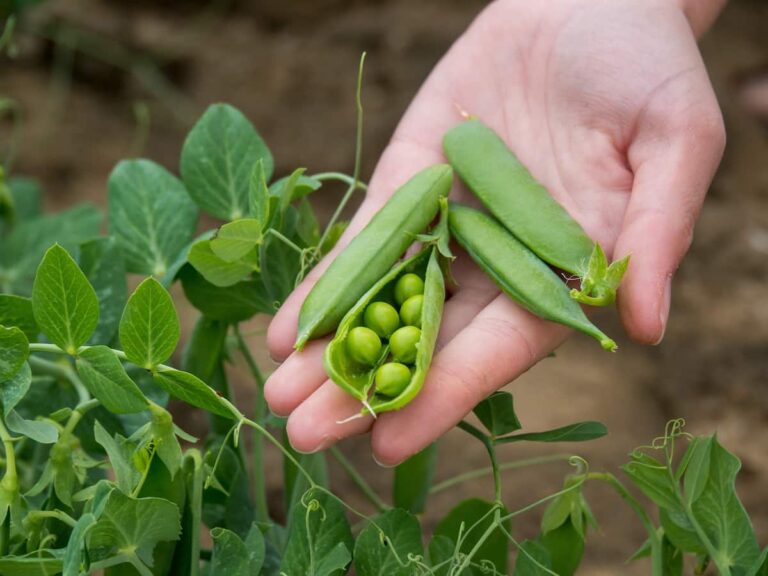How Grow Light Temperature Affects Your Hydroponic Plants and How to Control It
Table of Contents
Monitoring and Recording Grow
Hydroponic gardening is an innovative and effective method of growing plants without the use of soil. With this technique, growers can closely monitor and record the growth of their plants to ensure optimal conditions for healthy development. By carefully observing key variables such as nutrient levels, pH balance, temperature, and light exposure, growers can make informed adjustments and provide the best possible environment for their plants.
Monitoring and recording the growth of hydroponic plants is essential for several reasons. Firstly, it allows growers to detect any fluctuations or deviations from the desired parameters. For example, if the nutrient solution becomes imbalanced or the pH levels change, it can have detrimental effects on plant growth. By regularly monitoring these factors, growers can catch potential issues early on and take corrective measures to prevent further damage.
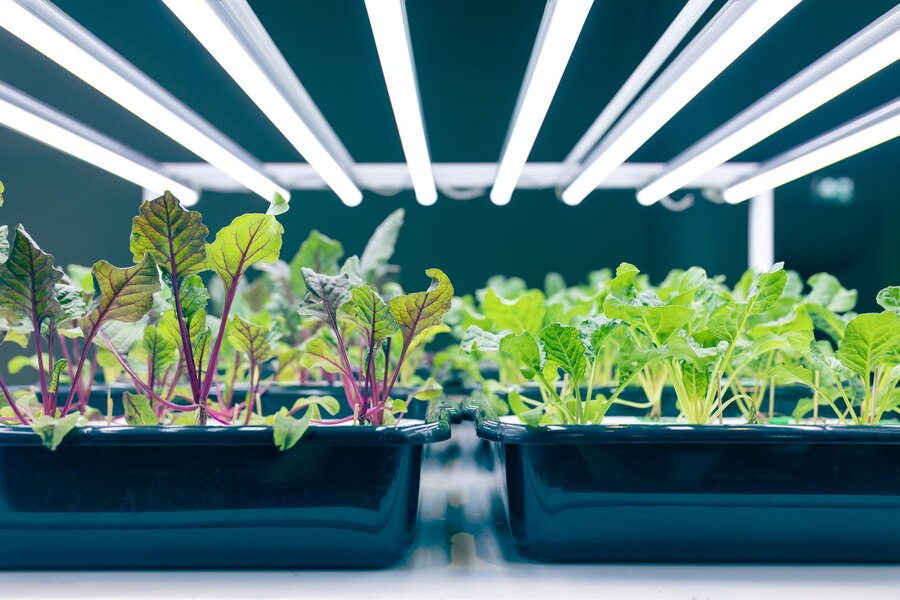
In addition to troubleshooting, tracking the growth of hydroponic plants enables growers to assess the effectiveness of their cultivation practices. By keeping detailed records of factors such as plant height, leaf size, and root development, growers can evaluate the impact of different nutrient solutions, lighting schedules, and other cultivation techniques on overall plant health and productivity.
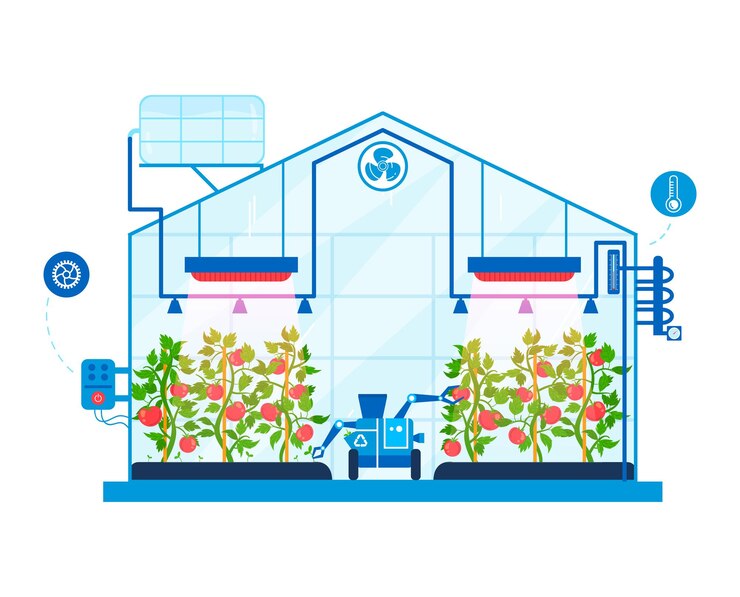
By meticulously monitoring and recording the growth of hydroponic plants, growers gain invaluable insights into the intricate dynamics between various environmental factors and plant development. With this knowledge, they can fine-tune their cultivation methods, boost yields, and achieve optimal results in their hydroponic gardens.
• Monitoring and recording the growth of hydroponic plants allows growers to detect fluctuations or deviations from desired parameters such as nutrient levels, pH balance, temperature, and light exposure.
• Regular monitoring helps catch potential issues early on and take corrective measures to prevent further damage.
• Tracking plant growth enables growers to assess the effectiveness of their cultivation practices by keeping detailed records of factors such as plant height, leaf size, and root development.
• Detailed records help evaluate the impact of different nutrient solutions, lighting schedules, and cultivation techniques on overall plant health and productivity.
• By gaining insights into the dynamics between environmental factors and plant development through monitoring and recording, growers can fine-tune their methods for optimal results in hydroponic gardens.
Here is a table that summarizes the effects of grow light temperature on hydroponic plants:
| Temperature Range | Effect on Plants |
|---|---|
| Below 60°F | Stunted growth |
| 60°F – 85°F | Optimal growth |
| Above 85°F | Reduced growth |
It is important to note that different plants have different ideal temperatures, and its need differs with the growth stage . The temperature of each grow light color can also differ and affect the growth of your plants . Reds are the coolest color; they get warmer as they go through oranges, yellows, whites, and blues until they reach their warmest point in blue. Choose a full spectrum grow light with a blue color temperature range (5,000 – 7,000K) to promote vegetative growth and a red color temperature range (3,500 – 4,500K) to stimulate fruiting and blooming as a general guideline .
Please do watch the video!
Why is monitoring and recording important in the growth process?
Monitoring and recording are essential in the growth process as they help track progress, identify potential issues, and make informed decisions for optimizing growth conditions.
What are the key parameters to monitor during the growth process?
It is crucial to monitor parameters such as temperature, humidity, pH levels, nutrient concentration, light intensity, and CO2 levels to ensure optimal growth conditions.
How often should I monitor and record the growth parameters?
The frequency of monitoring and recording the growth parameters depends on the specific needs of the plants. Generally, it is recommended to monitor daily or at regular intervals to maintain accurate and up-to-date records.
What tools or equipment can I use to monitor the growth parameters?
Various tools and equipment can be used for monitoring the growth parameters, including thermometers, hygrometers, pH meters, nutrient meters, light meters, and CO2 sensors. Automated monitoring systems are also available for more advanced monitoring.
What are the benefits of recording the growth data?
Recording the growth data allows for analysis and comparison over time, enabling you to identify patterns, trends, and potential correlations between the growth parameters and plant performance. It also serves as a valuable reference for future planning and decision-making.
How should I organize and store the recorded growth data?
It is recommended to maintain a systematic and organized record-keeping system. You can create spreadsheets or use specialized software to store and analyze the data. Additionally, make sure to back up the data regularly to prevent any loss.
What actions can be taken based on the recorded growth data?
Using the recorded growth data, you can identify any deviations from the optimal conditions and take corrective actions promptly. Adjustments in temperature, humidity, nutrient levels, or light intensity can be made to optimize plant growth and maximize yields.
Can the recorded growth data help in troubleshooting plant issues?
Absolutely! Analyzing the recorded growth data can help pinpoint the cause of any plant issues or abnormalities. By comparing the data before and during the occurrence of issues, you can identify potential triggers and take appropriate measures to resolve them.
Are there any industry standards or guidelines for monitoring and recording growth?
While there are no specific industry-wide standards, various agricultural and horticultural organizations provide guidelines and best practices for monitoring and recording growth. It is advisable to refer to these resources for guidance and suggestions specific to your crop or plant type.
How long should the growth data be retained?
It is recommended to retain the growth data for a significant period, at least for the entire growth cycle. However, it is beneficial to retain the data for an extended period as it can serve as a valuable historical record and reference for future comparisons and analysis.

Nicole Burke is a dynamic writer at SouthElMonteHydroponics, fueled by her passion for horticulture and environmental sustainability. Armed with a degree in Environmental Science from a renowned institution, Nicole’s expertise lies in hydroponic gardening, organic farming, and biodiversity conservation. Her insatiable curiosity and love for nature drive her to explore innovative techniques in hydroponics, seeking to revolutionize the way we grow crops in urban environments. Nicole’s writing reflects her deep commitment to promoting eco-conscious practices and fostering a deeper connection between humans and the natural world. Through her engaging storytelling, she inspires others to embrace sustainable living and harness the power of hydroponics for a greener future.


